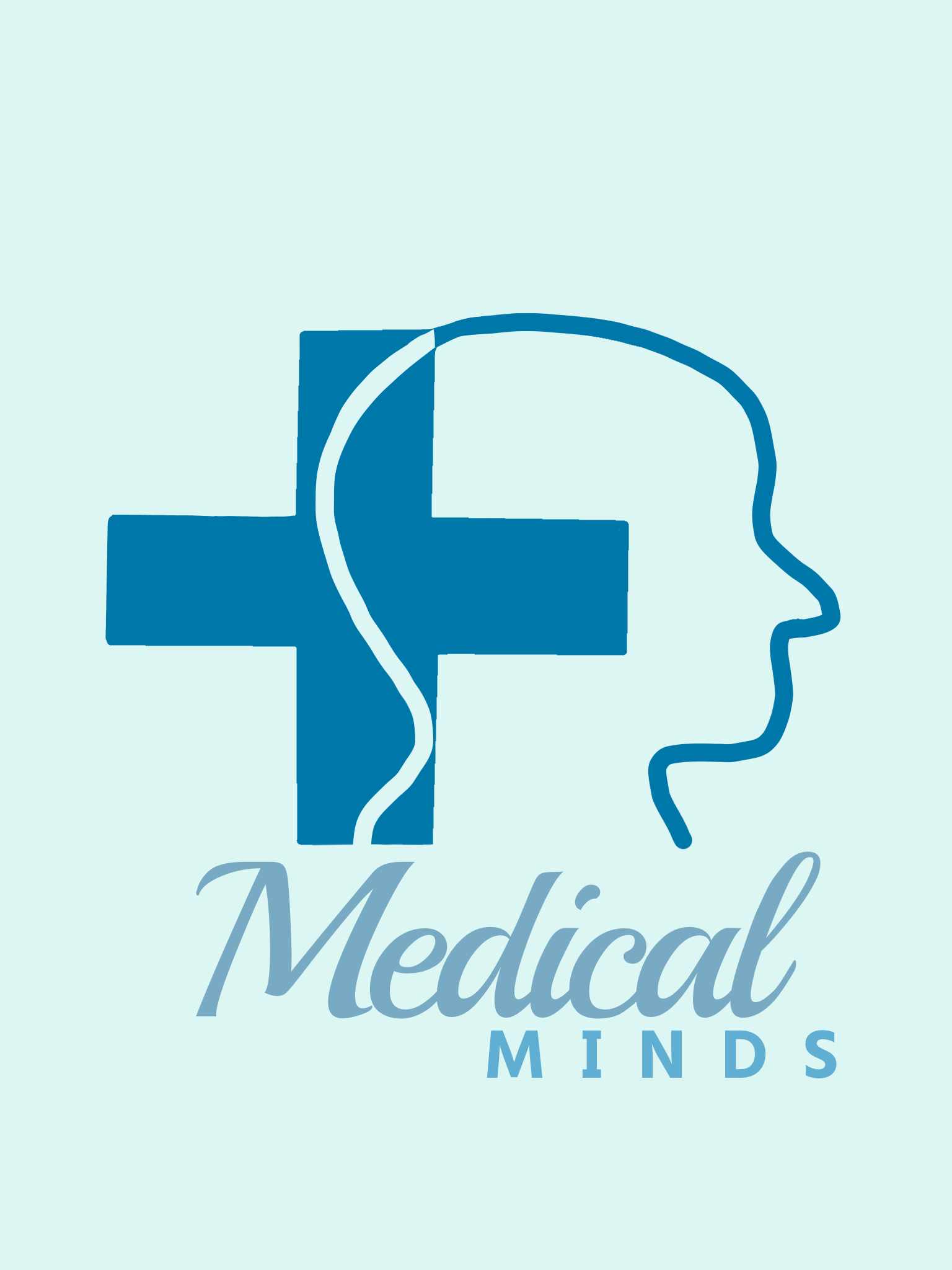Hope in Medicine
Welcome to Medical Minds's blog, Hope in Medicine! Here we will post inspiring medical recoveries, conducted research, and stories of hope. This blog also contains updates on the latest medical innovations, and actions of medical hope conducted by those in our community!
The Cure for Diabetes
10/06/2020
Diabetes is a disease where blood sugar levels are too high. Glucose comes from the food you eat, while insulin is a hormone that helps get glucose into cells to provide energy.
There are two types of diabetes (Type 1 and Type 2), both of which have different causes and treatments. A lack of insulin due to the destruction of insulin-producing cells in the pancreas causes Type 1 diabetes. This type of diabetes can be treated with insulin, dietary changes, and exercise. Type 2 diabetes on the other hand occurs in older individuals. Obesity as well as genetic factors play a far more significant role in causing this type of diabetes. People who are diagnosed with Type 2 can still make insulin but do so at a lower rate than their body needs. This type can be treated with insulin, weight reduction, dietary changes, and non-insulin medications
Doug Melton is the focus for today's post on medical innovation. Melton, a Harvard biologist, is on the search for a cure for diabetes. Inspired by his son and daughter Sam and Emma, Melton co-founded Semma therapeutics in 2014 to develop stem-cell technology to cure diabetes.
When asked about what motivated him to get into this field of study, he jokingly replied that as a boy, he liked things like frogs and salamanders. His interest peaked however when he got into college and read an article on cloning.
So what does Melton think holds the potential to cure diabetes? The main challenges he hopes to address in his lab are to understand the stem cells that create the pancreas and characterize the gene products that specify their cell functions. To collect this information, Milton and his team use several vertebrae organisms for studies. Their goal is to understand the cells and tissues that are connected to the pancreas and apply their insights to diabetes research and the generation of beta cells.
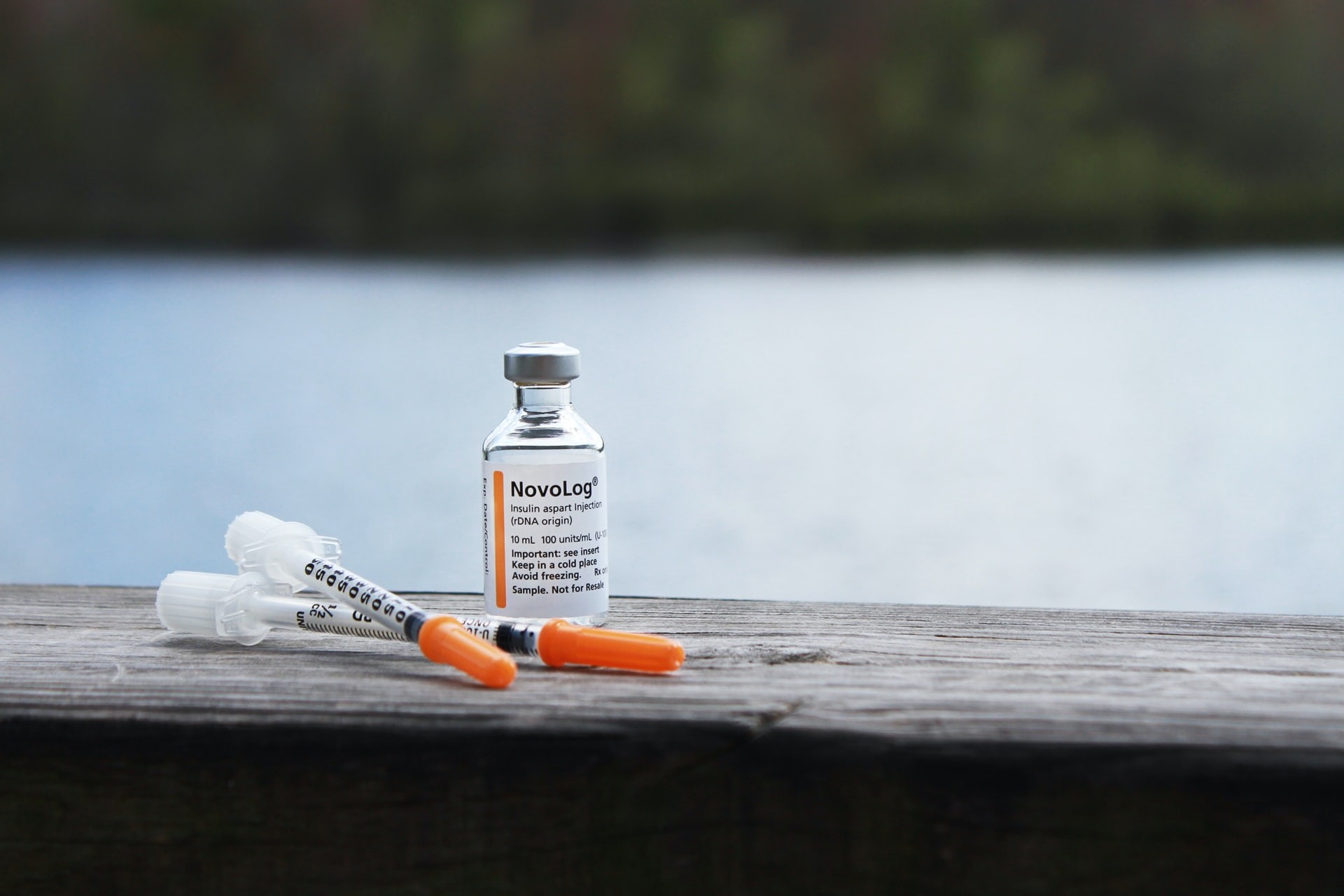
Mind Reading Technology in Medicine
10/13/2020
Can machines really read your brain? This has to be a trick right? Well, not anymore.
Thomas Reardon and his partners have demonstrated a new approach for a brain-computer interface that connects a band on your wrist to your nervous system. Reardon, the creator of Microsoft’s Internet Explorer, launched a startup known as CTRL-Labs that focuses on hooking up the brain to the rest of the world.
So how does it work? Information in our body is transferred to the central nervous system at lighting speed every second. This information is carried to the CNS using motor control. Some examples include how writing takes place by controlling fingers, or how speech is produced through motor control of the tongue and throat. Reardon applied this idea to his band.
If your brain interacts with the world using motor control, the brain can also be linked to machines using the motor system too right? Exactly.
This is the logic Reardon used when designing his bands. The band designed by CTRL-Labs uses voltage bursts from muscle fibers that occur with movement. This technology is known as EMG, or differential electromyography. The electrical pulses along our arms are transferring messages from the brain to muscles for movement. Therefore, our intentions of movement are being signaled in these pulses before we even move. The machine then analyzes these bursts throughout the arm and calculates the motion of the arm as well as the force of a grip. The same motions are replicated in a virtual hand.
So how can this research be applied? The CTRL-Labs’ bands can be used to interact with a computer without a mouse or keyboard. Traditional touchscreens and physical controllers won’t be necessary anymore. Simply send your requests over to the computer using, well in simplest terms, MIND CONTROL! The implications for this research are endless, but specifically disabled populations can use this invention as a ray of hope for a modernized future with virtual prosthetics.

Youth and Medicine
10/20/2020
This week, Anika Chebrolu, a 14-year-old girl in Frisco, Texas, could have stumbled upon the cure for the coronavirus. As the winner of the 3M Young Scientist Challenge as an eighth-grader, Anika worked on a molecule that can bind proteins on the SARS and COVID-19 viruses. This protein binds to the virus’s surface and inhibits the function of the virus.
Initially motivated by trying to fight the flu, Anika changed her plans when the pandemic hit. It's important to consider Anika's case, because she had no access to labs or direct teaching.
Instead of seeing this as an obstacle, she chose to see it as an opportunity. Anika used multiple computer programs to identify how and where the molecules bind to viruses like coronavirus. She didn't let this stop her and transitioned to virtual opportunities just like the rest of us.
It's incredibly inspirational how young people are working so hard to help their communities. Societal expectations are shifting in the modern century. Instead of only looking towards famous researchers, institutions, and government executives to fix global issues like COVID, our hope should also be placed in our youth. Every year they get more and more passionate, more and more inspired to better the world around them.
Maybe we should all learn from the initiatives of kids like Anika and grow together towards a more hopeful future!
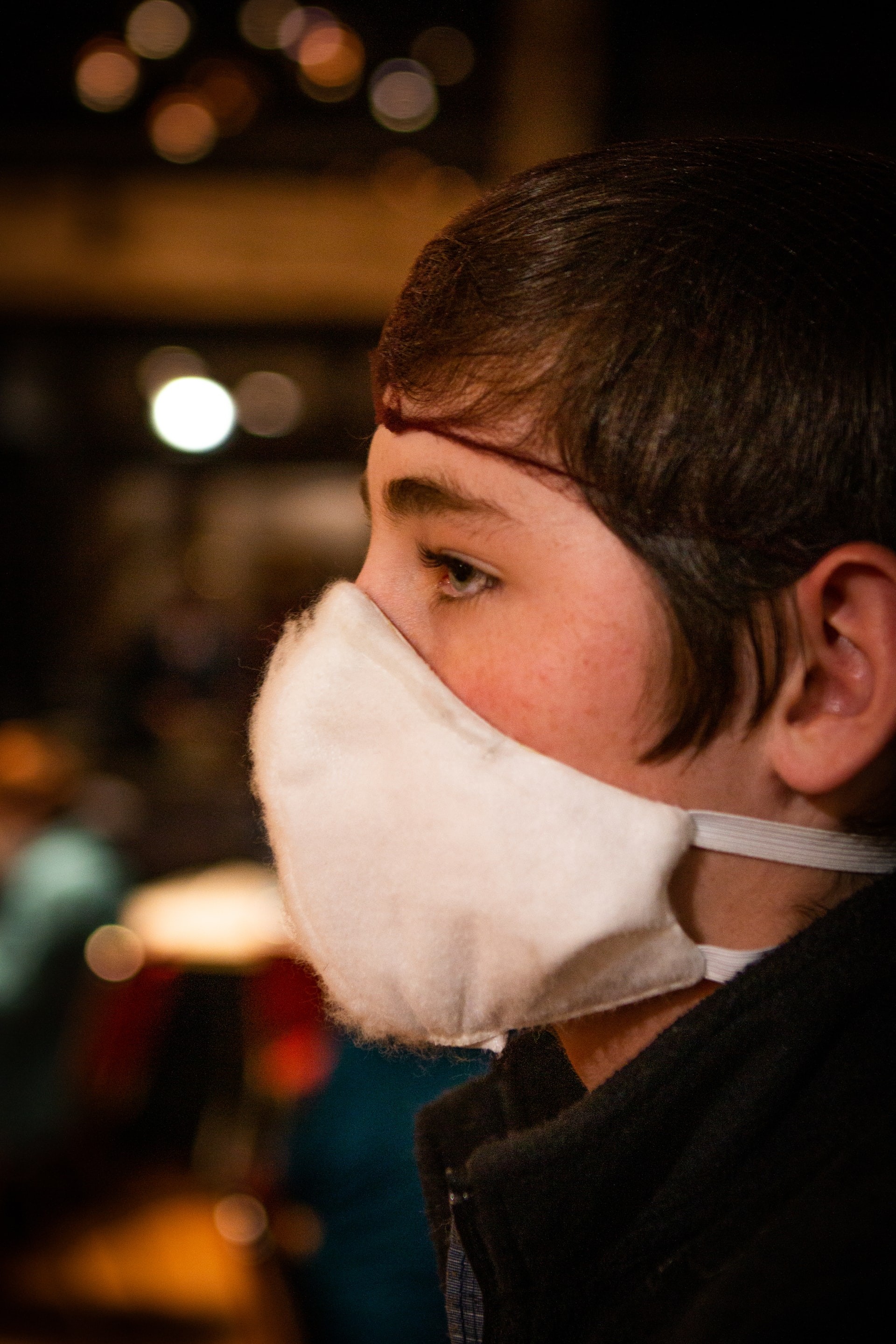
A Vaccine for the Coronavirus?
10/27/2020
COVID-19 has wreaked havoc on the world we know with a total of 41.2 million cases, 28.1 million recovered cases, and 1.13 million deaths. This virus has become a turning point in global history. In textbooks years from now, we will all hear about how the coronavirus completely altered the world we live in. With our transition from in-person to virtual, society will soon face changes in outlooks towards large scale events and social gatherings. We will all remember the lives lost, as there is no institution that has not been affected by Covid in some way, ranging from education to medicine to the transportation industry. Everyone has been affected in at least one way and through this, we all share a unifying factor in that we all desire a glimpse of hope.
And hope is on the horizon.
Alex Azar is a secretary of the federal Department of Health and Human Services of the United States. On October 21, 2020, Azar announced that vulnerable populations would be vaccinated before the end of 2020. Currently, Operation Warp Speed is the federal initiative that is working on creating vaccines for the Coronavirus. Some top players to consider in the vaccine journey include Novavax and Sanofi-GSK.
Azar believes that the elderly, first responders, and healthcare professionals will receive vaccinations in January, while the rest of the population will receive it throughout the year. Whether or not Azar is right or not we shall see in a few months. However, he is certainly “cautiously optimistic” about having a vaccine by the end of the year. The same holds for all of us who are so eager to cross the gloom of 2020 and enter 2021 COVID-free.
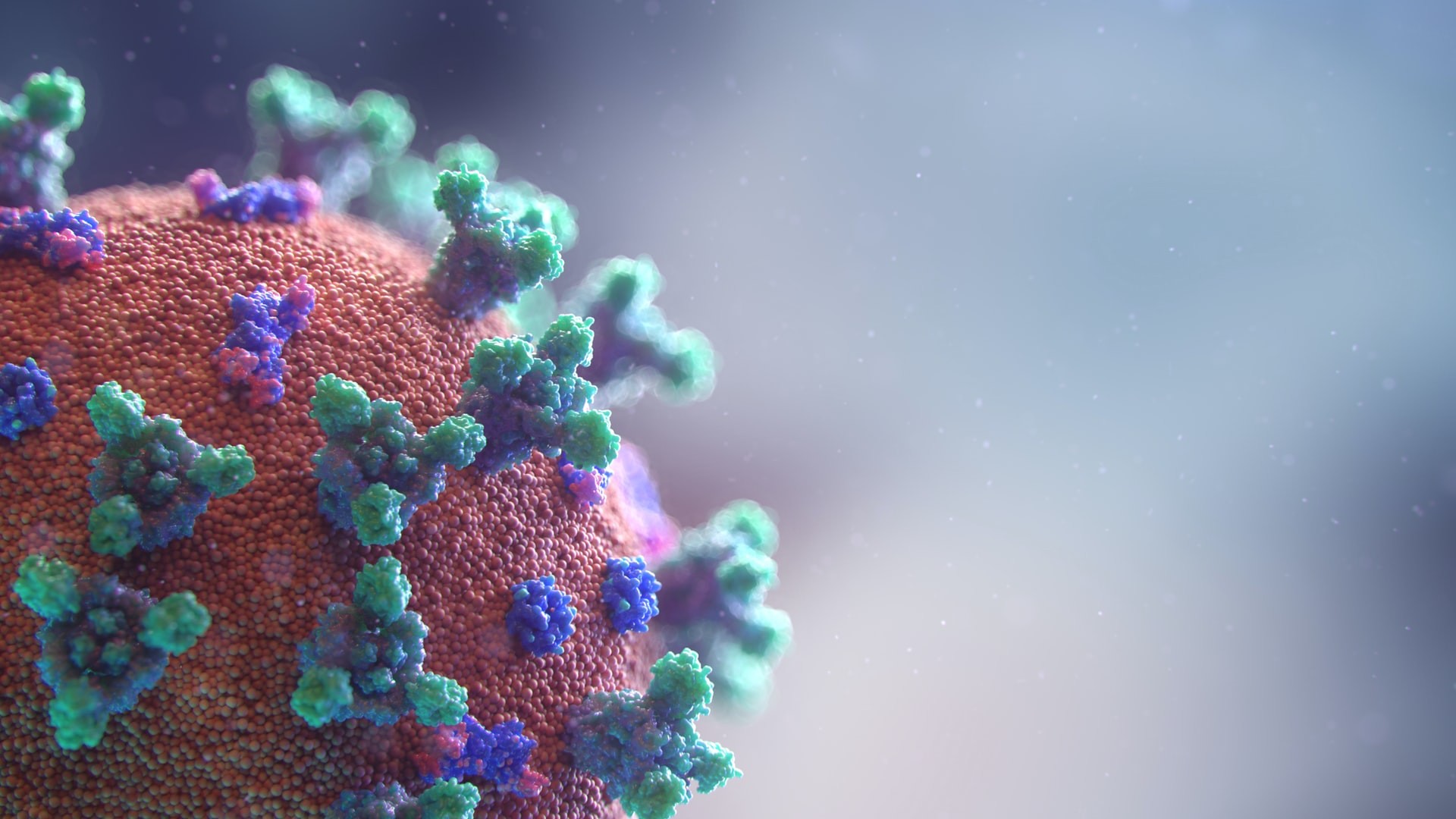
PCOS: the ignored women’s disorder
11/3/20
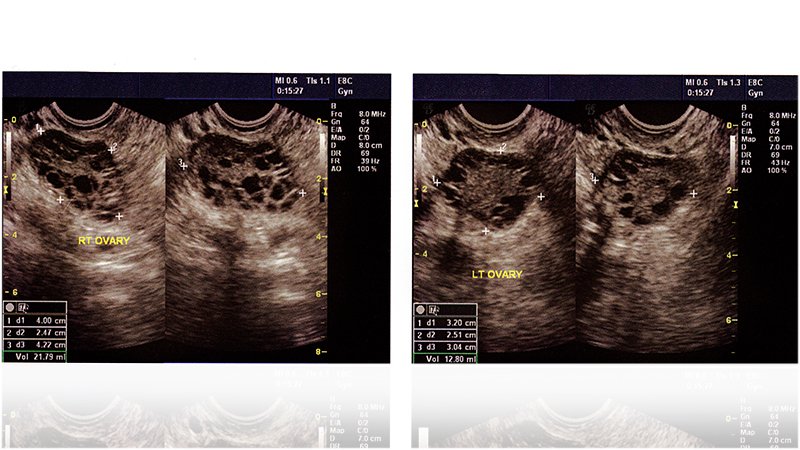
Despite being one of the most common health problems in women, PCOS is one of the least-well known disorders in our society. In fact, when you read the headline you may not have even have heard of it. And one of the biggest reasons this disorder is not so well-known is because of the stigma that surrounds it and the general stigma around feminine health and hygiene. Being diagnosed with this myself a few months ago, I was initially lost and confused as to what this meant for my health and what I could do. I was lucky enough that my doctors gave me a constructive approach that did not include medicine. But, many women are not so lucky, with the common scenario being their doctors telling them to simply lose weight and being put on intense medication. And if you are a woman who has PCOS or even has symptoms of PCOS, don’t lose hope: there’s more you can do for yourself.
First of all, what even is PCOS?
PCOS, also known as polycystic ovarian syndrome, is a common health problem in women that is caused by an imbalance in reproductive hormones. This hormonal imbalance creates problems with the ovaries, which create the eggs. With PCOS, the egg that is released from the ovaries as a part of the healthy menstrual cycle may not develop as it should or it is not released as it should during ovulation. Primarily, cysts on the ovaries could develop, but the condition can also affect a woman’s ability to get pregnant (infertility), stop menstruation or make it irregular, cause acne and unwanted body and facial hair, and raise the risk of other health problems such as diabetes or high blood pressure.
Symptoms of PCOS
Common signs and symptoms of PCOS are:
-
Irregular menstrual cycle. Women with PCOS may miss periods or have fewer periods (fewer than 8 a year). Or, their periods may come every 21 days or more often. Some women stop having periods altogether.
-
Hair growth in unwanted areas. This symptom is also called hirsutism. The hair can grow on the face or chin, breasts, stomach, or thumbs and toes.
-
Hair loss. Women may see thinning of the hair on the scalp or hair loss, which can worsen in middle age.
-
Hormonal acne or oily skin. Acne along the chin is most common with PCOS because of the hormonal imbalances.
-
Darkening of the skin. This symptom is also called acanthosis nigricans. Thick, dark, velvety patches of skin can occur under the arms or breasts, on the back of the neck, and in the groin area.
-
Problems sleeping or feeling tired all the time. Having sleep apnea is also a possibility with PCOS.
-
Headaches. Caused by the surging hormones.
-
Heavy periods.
-
Trouble getting pregnant. Not having regular periods can make it difficult to get pregnant. PCOS is one of the leading causes of infertility.
-
Weight gain and/or difficulty losing weight. PCOS can cause weight gain in women and being overweight can make the symptoms more serious. Losing weight can contribute to the regulation of the menstrual cycle, as well as being a healthy way to keep cholesterol and blood sugar levels in check, which is vital when a woman has PCOS.
-
Skin tags. Small excess flaps of skin in the armpit or neck areas.
Women should see their doctor if they have 2 or more of the above symptoms.

Blackboxes in the OR?
11/10/20

Blackboxes have been historically used in airplanes to ensure safety and quality, but Surgical Safety Technologies has created one to be used in the OR. This blackbox is designed to record laparoscopic procedures and can record the vitals of patients such as heart rate and oxygen levels.
The goal of Safety Technologies is that analyzing the data would lead to more reliability and validity in the OR. Northwell, the first hospital to use these blackboxes is using a team approach at analysing the data in order to prevent adverse outcomes.
The biggest challenge in creating these blackboxes was making sure that the technology is adaptable with hospital appliances. Another challenge was getting the surgical team adjusted to the device as if it was as typical as a heart monitor. Northwell found no troubles in getting acclimated to this new device.
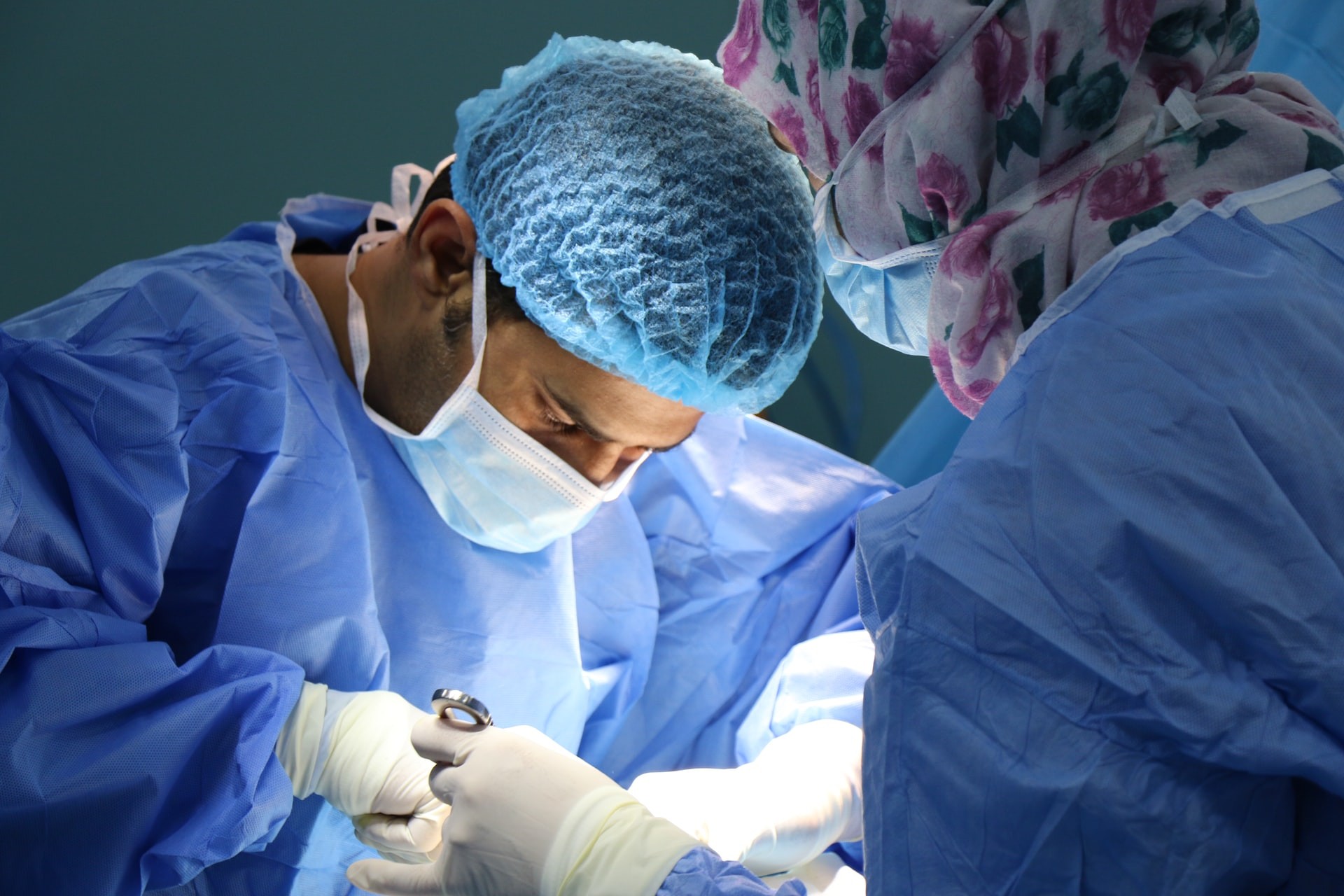
COVID-19 on Secondary and Tertiary Education
11/17/20

Medical schools across the globe have responded to the COVID-19 Pandemic by figuring out new ways to remotely train their students. However, the US was hit the hardest by this Pandemic and had to learn how to produce doctors ready for a post-pandemic world.
The Pandemic has changed the American medical education system that has not changed for decades because students couldn’t be trained in hospitals anymore. With travel restrictions and having to adjust learning technical skills remotely, medical students had to put a pause on their education.
Schools adapted by holding online classes and even built “e-ICUs”. With this new found time to focus on key issues, students were able to learn about racial disparities in the medical field as well.

Early Detection of Alzheimer's
11/24/20
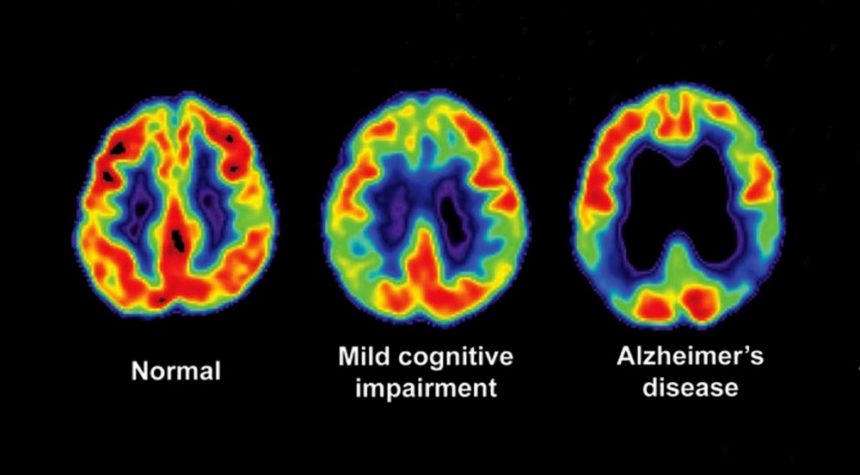
Alzheimer’s, a progressive neurological disease, is the most common form of dementia that typically affects people over the age of 65. However, it is hard to diagnose early on because its symptoms, having problems remembering things, can be unrelated to Alzheimer's. Current invasive tests that study the cerebrospinal fluid include lumbar punctures which can be off-putting, and positron emission tomography imaging is an expensive procedure.
Scientists used a new technique to discover the early symptoms by looking at biomarkers in blood who had mild cognitive impairment. They found two biomarkers, phosphorylated tau and neurofilament light, which was used to predict dementia in their model.
This new method turned out to be more accurate than the previous methods mentioned Testing biomarkers in blood is also less costly, more readily available, and is non invasive. However, there is still a risk of wrongly identifying 5% of people as high risk for progression to dementia and can also miss 50% of people who do have a high risk.
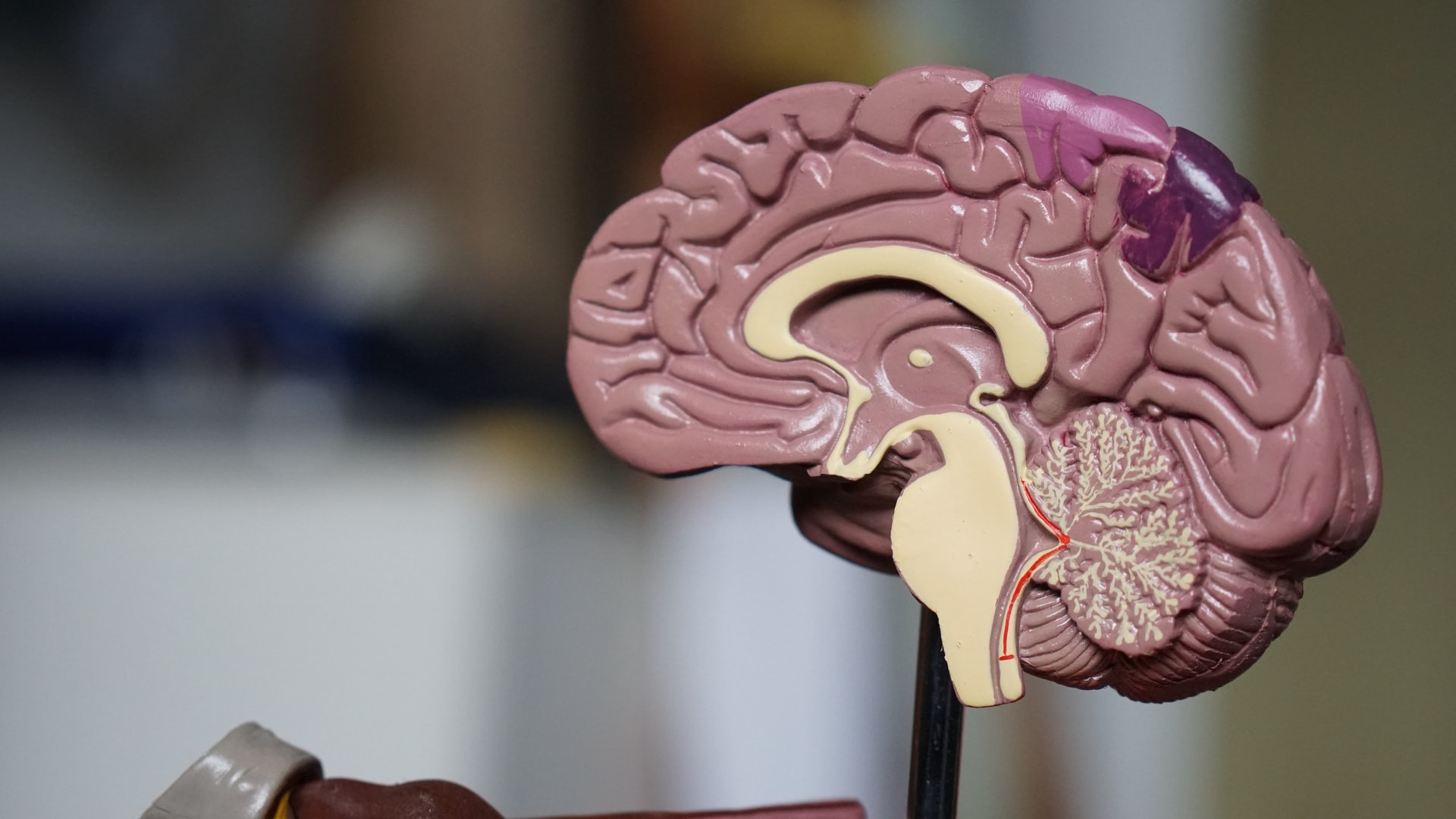
PCOS Continued: Who's affected? & How is it treated?
12/1/20

Who is affected by PCOS?
PCOS can occur in women and girls at any age after puberty, affecting 1 in 10 women of childbearing age. Between 5 and 10% of women ages 15-44 are afflicted by PCOS, but most find out in their 20s and 30s when they’re trying to get pregnant and see their doctor. The risk of PCOS can be higher if a woman is overweight or it runs in her family, as it could be genetically inherited, but the disorder does not distinguish against race or ethnicity.
Treatment
Treatment should be discussed with a doctor and other medical professionals involved. Since there is no cure for PCOS, treatments can help manage symptoms and help to balance hormones. Treatments range from what each woman’s personal goals are for their health. If a woman is trying to get pregnant, her treatment would be focused on her trying to conceive. If another woman wants to lose weight, her treatment would be focused on the best approach to do so. Treating PCOS involves lifestyle changes, medication, or a combination of both. Women could even as go as far as getting surgery to improve the function of their ovaries. Depending on the goals a woman has and her specific health concerns and deficiencies, she can change her lifestyle accordingly. The biggest two factors in lifestyle changes, however, are improving diet and exercise. For example, one of my goals in my treatment plan was to clear up my hormonal acne. Part of that treatment definitely comes from having a good skincare routine, but my doctor also advised me to cut out and add certain foods to my diet, which would benefit my skin. My plan also included drinking more water and switching out sources of caffeine and sugar, like coffee, for a healthier alternative like tea. Doing all of these things for simply a few months, I have already started to see results with my acne starting to disappear. Medications for PCOS can vary depending on a woman’s specific health concerns but the most common ones that are prescribed include metformin, birth control, and a supplement called inositol. Along with visiting a doctor, women can do their own research depending on what they hear from their doctors about their specific health issues. I have personally done that and I even found a PCOS specialist who gives advice and educates women about their condition and what they can do. Her websites are linked here and here. She also has a very informative Instagram page.
PCOS can be a very difficult thing to deal with as a woman, especially with the beauty standards in our society today. When diagnosed it can be difficult to process and extremely overwhelming, and this description of PCOS does not even begin to describe the disorder, especially from the scientific perspective. I was not sure if I wanted to include that I had PCOS when writing this at first. But, being such a common disorder among women, but hardly ever talked about, I felt that it was my responsibility to educate people about it. And collectively it is all our responsibility as a community to educate ourselves about it, whether or not you have PCOS. Destigmatizing it and making it normal to talk about pushes progress and furthers treatments available for the millions of women afflicted by it. You just need to start the conversation.

Pandemics and Parties
12/8/20

The COVID-19 Pandemic has had devastating effects on the world due to its sudden emergence and rapid spread. Scientists are still researching the best methods at circumventing the spread. The novelty of the virus has made this task difficult which in turn affected governments’ responses to the virus as well.
Throughout the now twelve months of the virus, scientists has also been able to gather more information about the virus which has helped in discovering new methods of reducing transmission.
Researchers used reported events where COVID-19 was transmitted which included a choi practice and a bus ride. The factors that they discovered included the duration of the event, transmission intensity, proximity of individuals, and the degree of mixing.
However, researchers across the board recognized that social distancing was effective at reducing the rate of infection. Masks were found to be less effective at high transmission settings as gatherings such as parties.

Mental Health and Popular Misconceptions
12/15/20
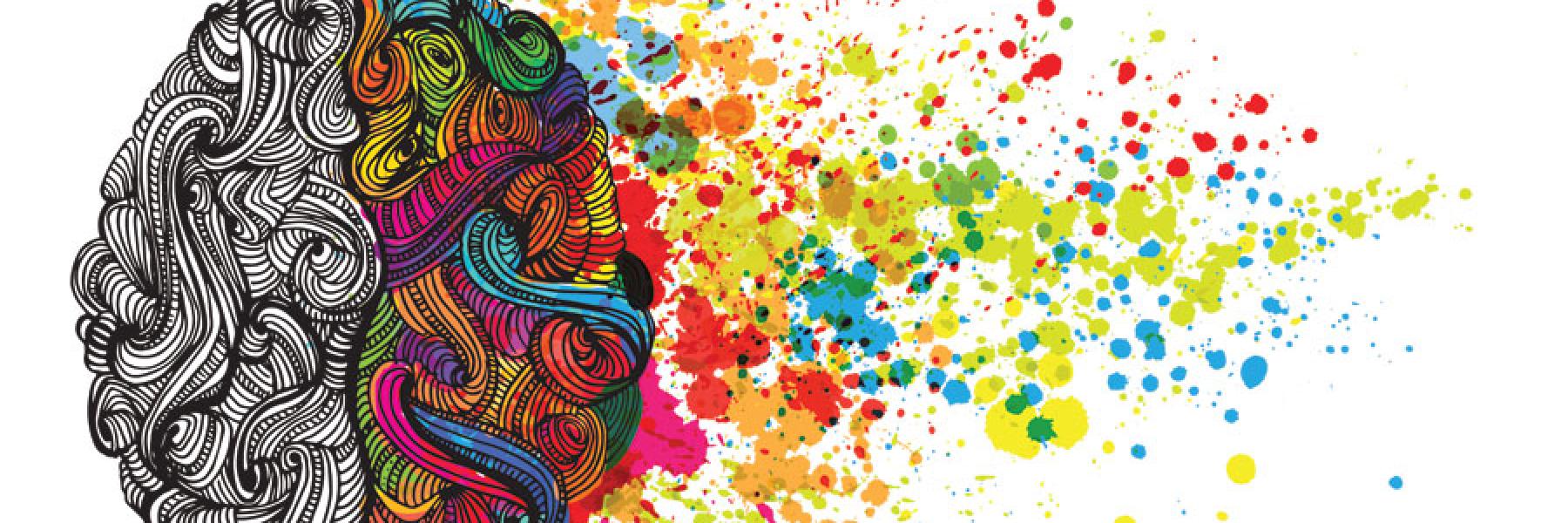
If you’re in high school, chances are you know exactly what mental health is and have received some adequate education on the topic and its importance. While mental health education in schools is important and does contribute to more awareness about good mental health, schools tend to contradict themselves greatly. The average high schooler today reportedly has more anxiety than psychiatric patients in the 1950s and 60s. So, while on one hand high schools are preaching the importance of mental health and taking care of oneself, on the other hand, they are being the direct cause of the high depression and anxiety rates in this country by overwhelming their students. So, what are these students supposed to think? Having depression, anxiety, and other mental health problems is such a norm among high schoolers today that when we see it in ourselves and others around us, it’s hardly a shock. Social media has been the biggest platform to romanticize mental illness and share unfiltered posts about mental illnesses. Education is valuable, but more needs to be done. There needs to be conversation.
Let’s refresh: what is mental health? And why is it so important?
Mental health is a person’s physical, emotional, and psychological well-being. Even though mental health is primarily based on a person’s emotions, it affects their physical health as well as the way they think about themselves and the world around them. Our mental health affects how we think, feel, and act as well as determines how we handle stress, relate to others, and make choices. Part of being a healthy person is not just having good physical health, but also good emotional and psychological health. The brain is also a part of the body and deserves as much care as you give to the rest of your body. And just as we take care of ourselves physically throughout every stage of our lives, we must also take care of ourselves mentally. Many factors can contribute to mental health problems including:
-
Biological factors, such as genes or brain chemistry
-
Life experiences, such as trauma or abuse
-
Family history of mental health problems
Misconceptions about Mental Health
A lot of the time when people hear the words mental health and any issues or problems relating to mental health, they think of things worse than the reality of having mental health issues. The reality is that every person is affected by mental health problems. Having a mental health problem does not automatically mean it is the most severe thing imaginable, like being clinically insane. A mental health problem can also just be feeling emotional, stressed, or just a little depressed. But, because of these common misconceptions, a number of myths about mental health have developed.
-
Myth: Mental health problems are rare.
Fact: Mental health problems are actually very common
-
In 2014, 1 in 5 American adults experienced a mental health issue
-
1 in 10 young people have experienced a period of major depression
-
1 in 25 Americans have lived with a serious mental illness, such as schizophrenia, bipolar disorder, or major depression
-
Myth: People with mental health problems are violent and unpredictable
Fact: People with mental health problems are no more likely to be violent and unpredictable than those without mental health problems.
-
People with severe mental illnesses are actually 10 times more likely to be the victims of a violent crime than the general population.
-
You probably know someone with a mental illness and don’t even realize it, because people will mental illnesses are just like anyone else in our communities.
-
Myth: It’s impossible to prevent mental illness.
Fact: Prevention of mental, emotional, and behavioral disorders is possible by addressing known risk factors such as exposure to trauma.
-
Promoting the social-emotional well-being of children and youth leads to:
-
Higher overall productivity
-
Better educational outcomes
-
Improved quality of life
-
Longer lifespan
-
Improved family life

Two Medical Wars: Drugs & COVID
12/22/20

In the summer of 2020, researchers from UCLA and Northeastern University analyzed overdoses from the National Emergency Services Information System. They found that cardiac arrests climbed at the same time when stay-at-home orders were issued, in mid-march.
However, the information is limited in the aspect that it doesn't identify the substance that was used or if the cardiac arrest was fatal. The one consensus that was able to come from this study is that COVID-19 has exacerbated the overdose crisis.
The higher rate of overdoses can be explained by the fact that due to social isolation, people will use drugs alone. This means that is a less likely chance someone will be able to administer naloxone. The drugs that people use will also be less familiar due to the fact that drug supply chains have been interrupted which could be dangerous for users.

Mental Health Cont'd: Common Symptoms and Getting Help
12/29/20
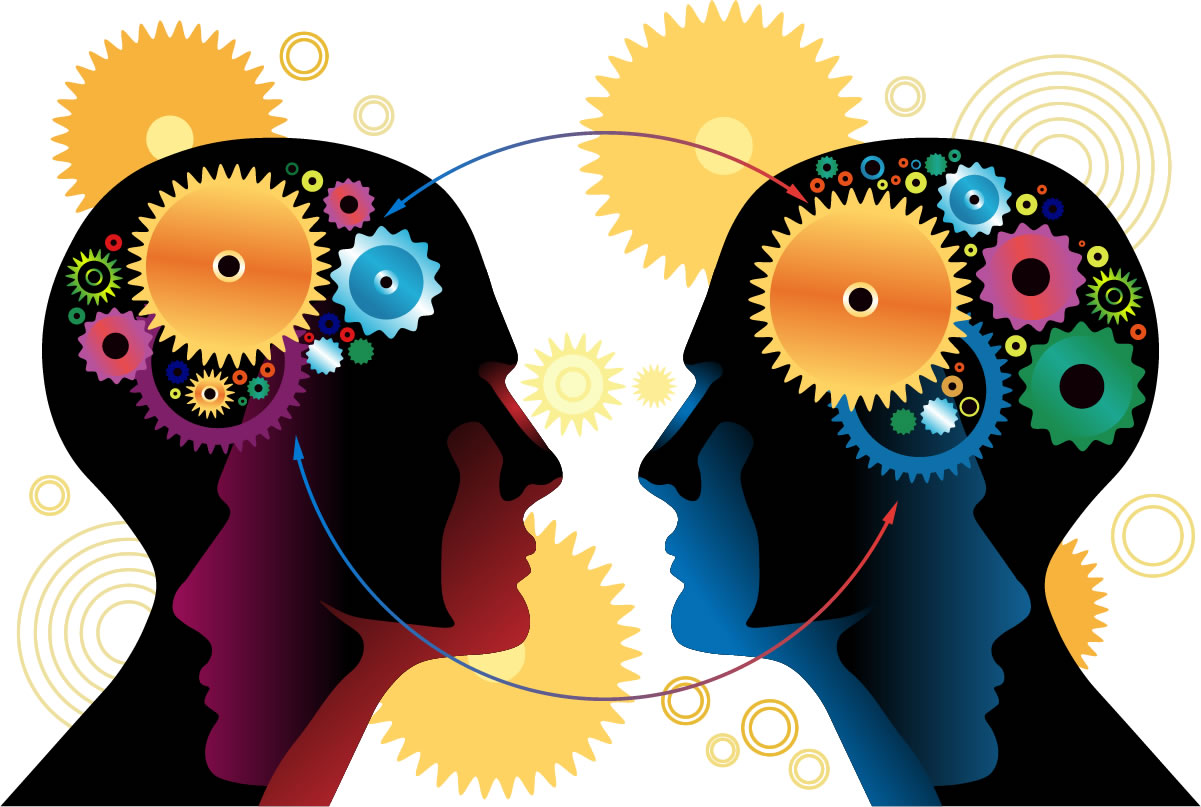
Early Signs and Symptoms
Experiencing one or more of the following feelings or behaviors can be an early sign of a problem:
-
Eating or sleeping too much or too little
-
Pulling away from people and usual activities
-
Having low or no energy
-
Feeling numb or like nothing matters
-
Having unexplained aches and pains
-
Feeling helpless or hopeless
-
Turning to smoking, drinking, or drugs
-
Feeling unusually confused, forgetful, on edge, angry, upset, worried, or scared
-
Yelling or fighting with family and friends
-
Experiencing severe mood swings that cause problems in relationships
-
Having persistent thoughts and memories you can’t get out of your head
-
Hearing voices or believing things that are not true
-
Thinking of harming yourself or others
-
Inability to perform daily tasks like going to school
Getting Help
If you identified with one or more things on that list, you can take action right now. The first step is to get immediate help. Talk to someone you trust like a parent or other member of your family, a friend, a teacher, etc. It’s extremely important that you talk to someone you know you can trust and will listen to you and take you seriously. Whatever you may be feeling is not something to overlook and when the person who you talk to feels the same way you can get the help you need. Another option is to talk to your primary care doctor or another mental health professional. They can give you the best help and talking to them directly is always welcomed by these mental health professionals. Just ask them to connect you to the right mental health services. And, of course, you can always talk to us here at Medical Minds! Our doors are always open if you ever need someone to talk to and we are always here to help. You can shoot us an email and contact us at our contact information on our website, medicalminds.us. We also run mental health workshops bi-weekly that you can attend to learn some more information, ask questions, and even come talk to us! Information about dates and times can also be found at our website.
If you or someone else you know is having thoughts of harming themselves or is experiencing emotional distress, contact the National Suicide Prevention Line at 1-800-273-TALK. Or live chat them at suicidepreventionlifeline.org. Trained professionals are available to talk 24/7. Your confidential and toll-free call goes to the nearest crisis center in the Lifeline national network. These centers provide crisis counseling and mental health referrals.
Understanding the importance and seriousness of mental health is of utmost importance in our society today, especially with the prevalence of COVID-19 and the national lockdown. It’s vital that we don’t keep our problems to ourselves and make it known to someone if we’re having a tough time. Talking about it and having an open conversation does so much more than romanticizing having a mental illness or thinking of it as a trend. Recovery is always possible. It’s just a process.

Medical Minds's COVID-19 Research
1/5/21

Medical Minds conducted research in the form of anonymous surveys from medical professionals across Arizona. Below you will find compiled responses from professionals of various fields and opinions on how they beleive COVID-19 has impacted society.
Q: How do you think the healthcare system as a whole will change after the virus?
"I think the US especially might expand funding towards hospitals and medical centers. COVID caused several healthcare centers globally to shut down for financial reasons and healhtcare services have been reduced."
Q: How do you think society as a whole will change?
"As we've see today, there could be a greater emphasis on virtual learning. Restraunts and other public services will shigt more resources to expanding virtually. Several small buisnesses were seriously harmed the past few months, and many more could close down in the future too."
Q: Do you expect students to continue their medical interests seeing how the pandemic affected the medical community?
"I think the number of students will definelty increase. Seeing the impact Medical Minds itself has achieved, I am very confident that youth will see the importance of healthcare workers in moments like these and feel inspired!"
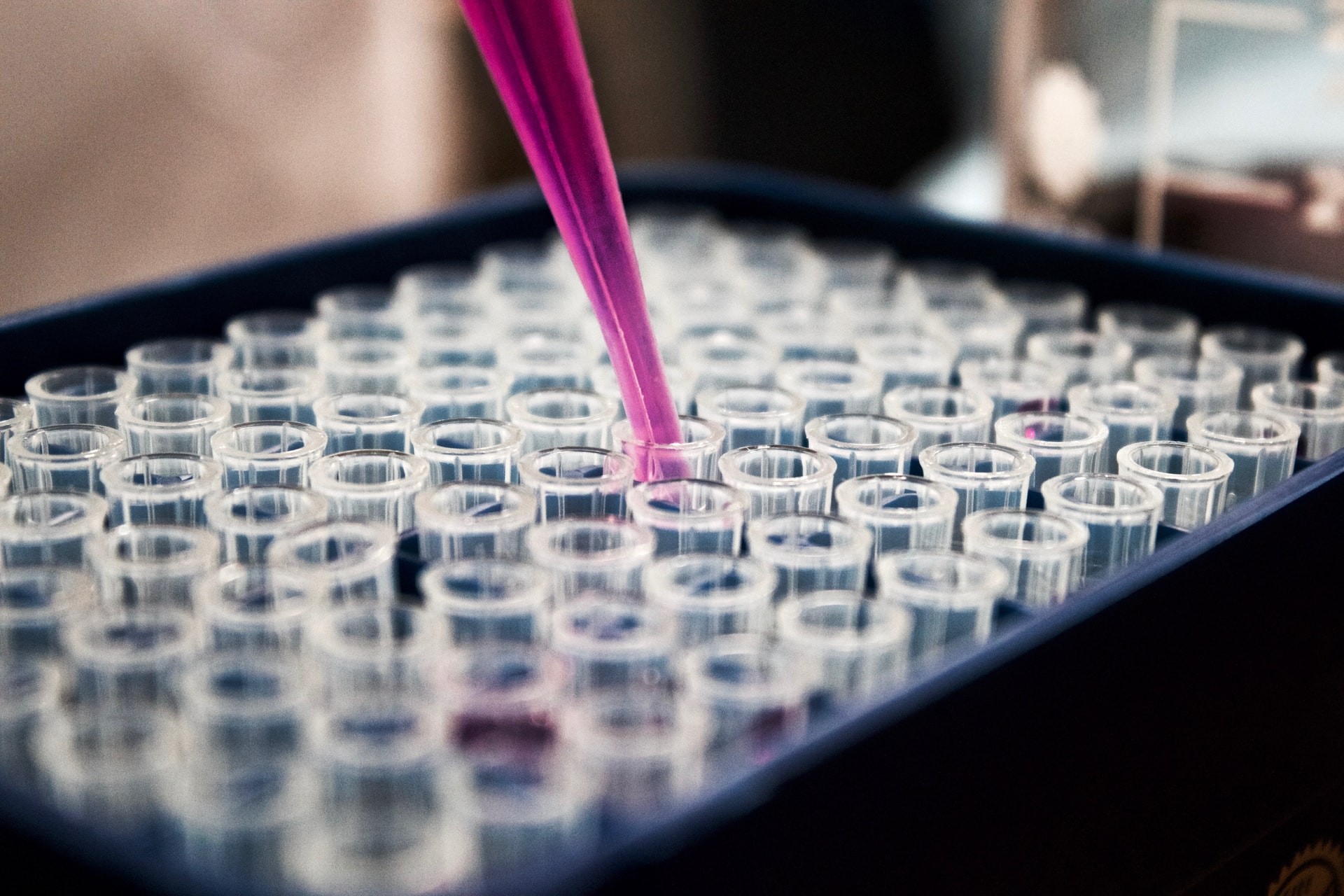
CAR T-cell therapy
1/12/21
What is Car T-cell therapy?
This form of immunotherapy uses altered T cells to fight cancer.
T cells are cells naturally in the body as a part of our immune system.
How Does this process work?
The immune system in general recognizes foreign substances like viruses and bacteria by finding antigens, or proteins on the surface of these alien cells. T cells are immune cells that have receptors which are attached to foreign antigens, killing the alien substances as a line of defense for the body. Antigens and receptors are like a lock and key. Only the right key can open the lock, in other words, only one receptor can latch onto and thus destroy the antigens.
Then How About CAR T-cell Therapy?
First patients undergo several screenings to determine if this therapy is well suited for them and their condition.
A sample of a patient’s T cells are collected from the blood through a process called apheresis. These cells are then sent to a lab to be genetically engineered to fight cancer by making the T cells produce chimeric antigen receptors or CARs on their surface. These are proteins that will allow the T cells to recognize antigens on tumor cells and thus attack.
Next these cells are grown in a lab to create millions over a few weeks, frozen, and sent to the patient’s hospital.
Then the modified CAR T-cells are reintroduced to the same patient through a blood transfusion and now the cells can latch onto antigens on tumor cells to kill them.
The recovery period for patients who receive this therapy is 2-3 months during which they are closely monitored for symptoms and follow up care.
Are there any side effects?
Common side effects of chemotherapy include hair loss and nausea. On the other hand, CAR T-cell therapy can contribute side effects such as cytokine release syndrome and other neurologic difficulties. Cytokine release syndrome occurs because the CAR T cells release many cytokines which triggers CRS with a flu-like response in the body.
Now is everyone eligible for CAR T-cell therapy?
Not necessarily. The FDA has approved this therapy for aggressive non-Hodgkin lymphoma and patients with relapsed or refractory acute lymphoblastic leukemia until age 25.
Therefore CAR T-cell therapy is only available at a few cancer centers that are specialized in these types of cellular therapies.
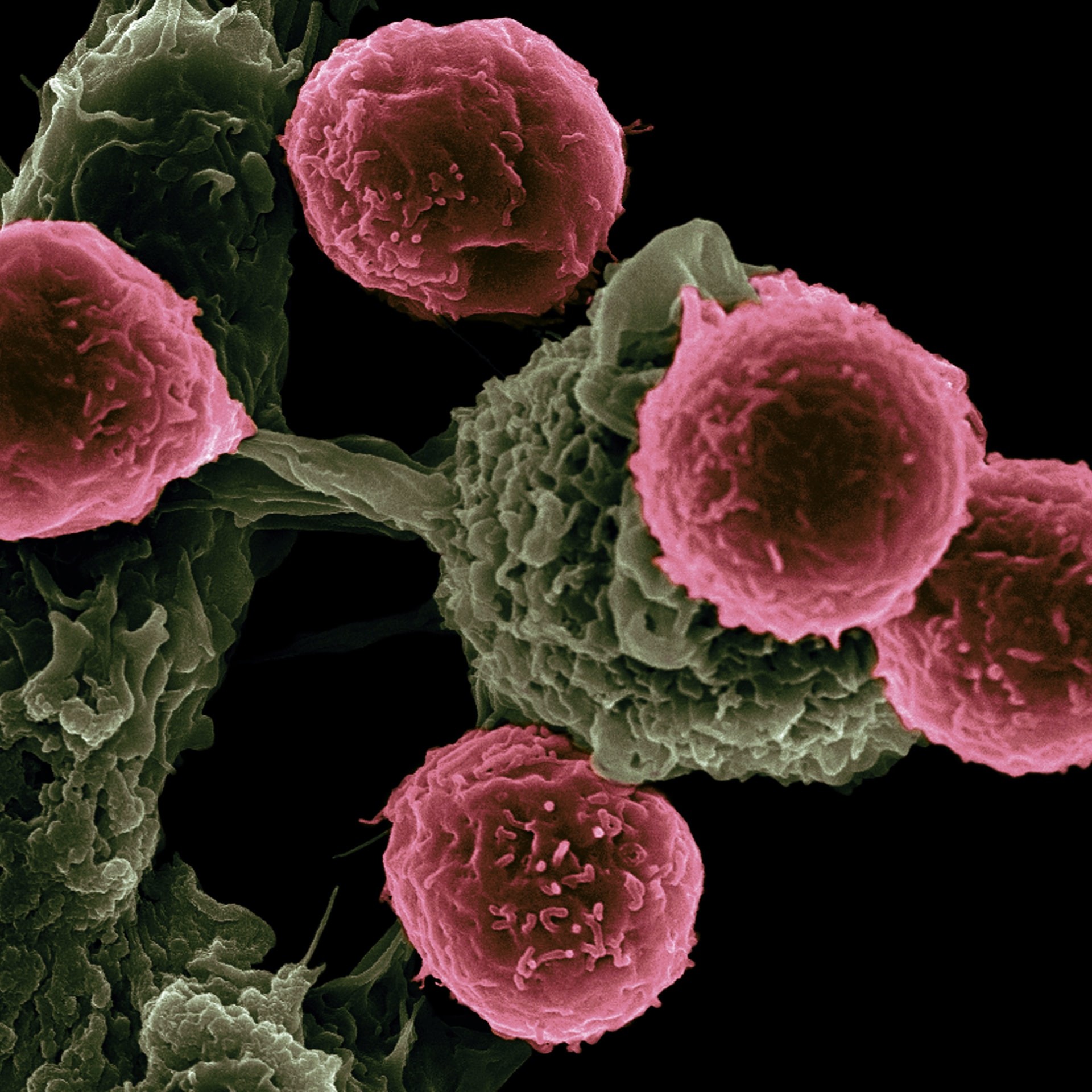
Acupuncture
1/19/21
What is acupuncture?
Acupuncture is a traditional Chinese medicinal practice
During this process, thin needles are inserted at specific areas in the body used for various purposes such as pain relief, headaches, blood pressure problems, and whooping cough.
More than 3 million Americans use this procedure, while even more use it in other countries.
How does it work?
Acupuncture releases the flow of an energy source known as “chi” in the body
By stimulating points along the 14 energy pathways for chi using needles, this procedure causes the body to release endorphins that are natural painkillers.
Some scientists also believe this princess can boost blood flow and change brain activity
What happens during the procedure?
Acupuncture needles are really thin, so most people feel little to no pain
The needles can cause temporary soreness, but after several patients say they feel energized after.
What do critics have to say?
Critics believe that there is limited evidence for acupuncture being effective in pain relief
Some believe that the procedure works as a placebo
Others believe it works by balancing the energy chi which results in some type of neurological effect
A Brief History
Chinese medicine and culture emphasizes a balance between the extremes of yin and yang
The balance of these complementary forces is known as “qi”
An imbalance formed by a shortage or excess of “qi” is said to result in illnesses
Qi flows through pathways in the human body which are accessible through the 350 acupuncture points in the body
Chinese medicine experts state that inserting needles into these points at adequate combinations and depths restores the balance of qi
While there is no scientific proof of this procedure working, several studies suggest that acu[uncture has worked in some conditions
In a scientific perspective, acupuncture points are seen as places where nerves, muscles, and tissue can be stimulated which increase blood flow and triggers natural pain killers
Uses
In Germany, research has showed how acupuncture was effective in relieving headaches and migraine
Other studies have shown it helps in cases of low back pain., neck pain, knee pain, and osteoarthritis
What to expect during a procedure?
First an acupuncturist will examine the patient and assess the condition
Depending on where the needles need to be inserted, the patient will lie on their back, front, or side
Then they will insert single use disposable sterile needles as well as other complementary Chinese herbs.
Sometimes the needles are heated or stimulated with electricity after inserting them
These needles then remain in place for 5-30 minutes before removal
What are risks of acupuncture?
This procedure can be very risky if the patient has a bleeding disorider, takes blood thinners, has bleeding/bruising at insertion sites, the needles are not sterilized, the needles break and damage organs, and are inserted deeply into the chest/upper back resulting in a collapsed lung
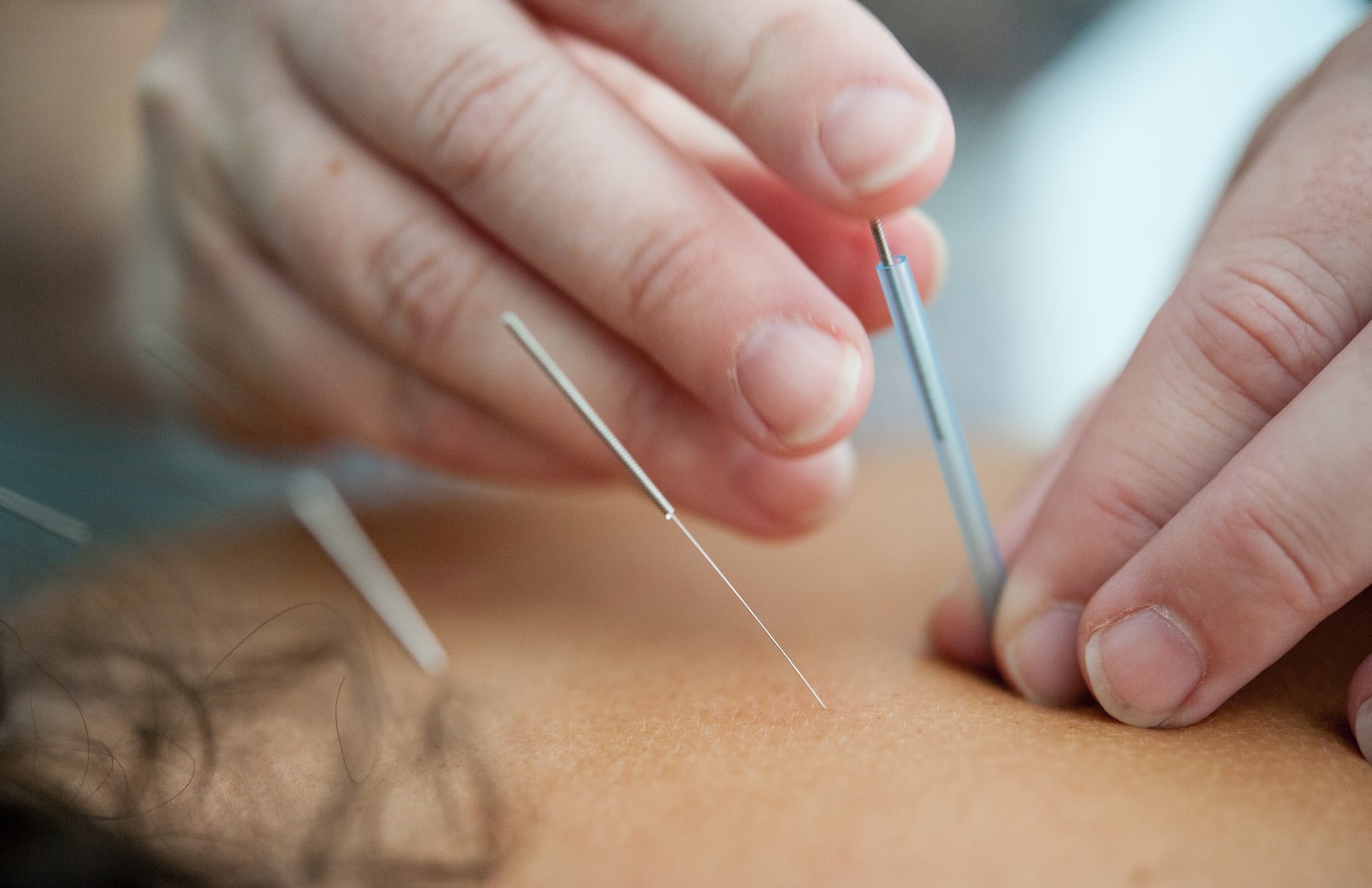
Hantavirus
1/26/21
What is the hantavirus?
Hantaviruses are a family of viruses that are spread through rodents
This virus family has caused several disease syndromes worldwide
Depending on the hantavirus strain, the mortality rate for the North American variety of hantavirus pulmonary syndrome can be more than 30%.
Types of hantavirus:
There are two types of hantaviruses: New World and Old World
New World hantavirus is found in America and can cause hantavirus pulmonary syndrome, a condition that has flu-like symptoms that progress to life-threatening breathing problems
HPS advances in 2 stages:
Stage 1:
- Fever and chills
- Headaches and muscle aches
- Vomiting, diarrhea or abdominal pain
After 4-10 days, stage 2 begins:
- A cough that produces secretions
- Shortness of breath
- Fluid accumulation within the lungs
- Low blood pressure
- Reduced heart efficiency
Old World hantavirus is found in Europe and Asia and can cause hemorrhagic fever with renal syndrome
Treatment/Prevention
Treatment options are limited
The best protection against this virus is to simply avoid rodents and their habitats
Transmission:
The main route of transmission is through aerosolization, when a virus is kicked into the ear through brooming for example that makes it easy to inhale
Each hantavirus has a specific rodent host species
The virus spreads through the rodent’s urine, feces, salive, and a bite from an infected host
For example, the Sin Nombre virus can cause the HPS virus in the US and is spread by a deer mouse. Other hantavirus carriers include the white-tailed mouse, cotton rat and rice rat.
What Happens In Your body?
After you inhale hantaviruses, they reach your lungs and begin to invade capillaries, small blood vessels in your body.
The capillaries then begin to leak.
Your lungs will then flood with fluid, triggering respiratory symptoms of HPS
The North American strain is not known to be contagious, though certain outbreaks in South America have shown evidence of person-to-person transmission
Common Locations:
Hantavirus occurs mostly in the western US during the spring and summer
It also occurs in Canada and S.America
Other hantaviruses occur in Asia where this strain causes kidney disorders instead of the Western lung problems
Risk Factors
Hantavirus is common for those who spend time outdoors often or near areas where rodents and their wastes are located such as those who are accustomed to:
- Opening and cleaning long unused buildings or sheds
- Housecleaning, particularly in attics or other low-traffic areas
- Having a home or workspace infested with rodents
- Having a job that involves exposure to rodents, such as construction, utility work and pest control
- Camping, hiking or hunting
Prevention Tips:
- Block access. Mice can squeeze through holes as small as 1/4 inch (6 millimeters) wide. Seal holes with wire screening, metal flashing or cement.
- Close the food buffet. Wash dishes promptly, clean counters and floors, and store your food — including pet food — in rodent-proof containers. Use tightfitting lids on garbage cans.
- Reduce nesting material. Clear brush, grass and junk away from the building's foundation.
- Set traps. Spring-loaded traps should be set along baseboards. Exercise caution while using poison-bait traps, as the poison also can harm people and pets.
Clean up rodent infested areas:
- Wear rubber, latex, vinyl or nitrile gloves. Note that dust masks may provide some protection against dusts encountered during cleaning, but do not protect against viruses.
- Do not stir up dust by vacuuming, sweeping, or any other means.
- Thoroughly wet contaminated areas including trapped mice, droppings, and nests with a 10% hypochlorite (bleach) solution: Mix 1½ cups of household bleach in 1 gallon of water (or 1 part bleach to 9 parts water). Once everything is soaked for 10 minutes, remove all of the nest material, mice or droppings with damp towel and then mop or sponge the area with bleach solution.
- Steam clean or shampoo upholstered furniture and carpets with evidence of rodent exposure.
- Spray dead rodents with disinfectant and then double-bag along with all cleaning materials. Bury, burn, or throw out rodent in appropriate waste disposal system.
- Disinfect gloves with disinfectant or soap and water before taking them off.
- After taking off the clean gloves, thoroughly wash hands with soap and water (or use a waterless alcohol-based hand rub when soap is not available).
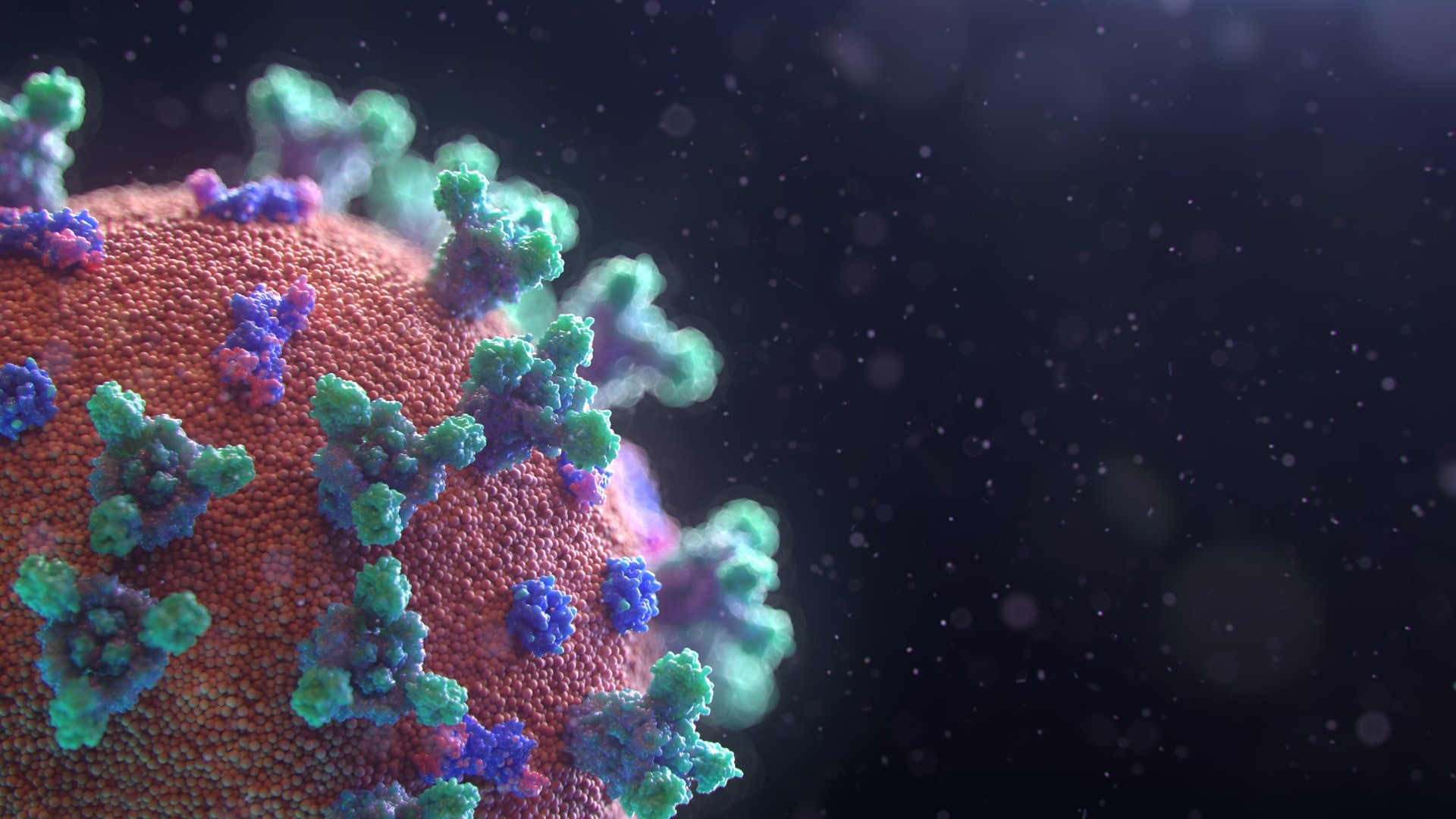
Biosimilars
2/2/21
What Are Biosimilars?
When you think of drugs you often think of chemical compounds like aspirin, a pill that you can pick up from your local pharmacy or supermarket.
Biologic drugs are different. They are proteins made by living organisms, whereas traditional drugs are chemicals, referred to as small molecules.
On the other hand, biologic drugs are known as large molecules.
Biosimilars are not new drugs, but rather they are copies of biologic drugs that have been used to treat many diseases and conditions.
Why are biosimilar drugs being developed?
Biologic drugs are often very expensive because they cost a lot to study and make.
The FDA can shorten the approval process for biosimilar drugs, leading to lower drug costs by offering patients more options for treatment. Some experts have estimated that biosimilar drugs could reduce the cost of biologics over time by many billions of dollars.
So Are Biosimilars Basically Generic Drugs?
Here are ways biosimilar and generic drugs are different:
-
A biosimilar is made from a biologic (natural) source, and a generic is made from chemicals.
-
A biosimilar comes from the same natural source and is the same in certain ways as its brand name biologic drug, while a generic is an exact chemical copy of its brand name drug.
-
Biosimilars and generic drugs go through different paths for FDA approval.
How Are Biosimilars Named?
When a biosimilar is developed, it’s given a name that tells you (and your doctor and pharmacist) what its reference drug is — the original biologic that it copies in a highly similar way — followed by a four-letter suffix, or tag at the end, that tells you which version of that drug you’re taking.
Your doctor and pharmacist can use that information to identify which biosimilar you are using.
How Do I Know Biosimilars Are Just as Safe as Reference Biologics?
Yes, biosimilars are absolutely safe. Every drug that’s been approved for your use by the FDA must meet very high standards of safety. This includes all biosimilars and biologics. They are prescription drugs, so in the U.S., the FDA regulates how they are manufactured and delivered to you.
While biosimilars are faster to obtain FDA approval, their makers still must test them thoroughly to ensure that they’re safe, and they work to treat diseases as they should.
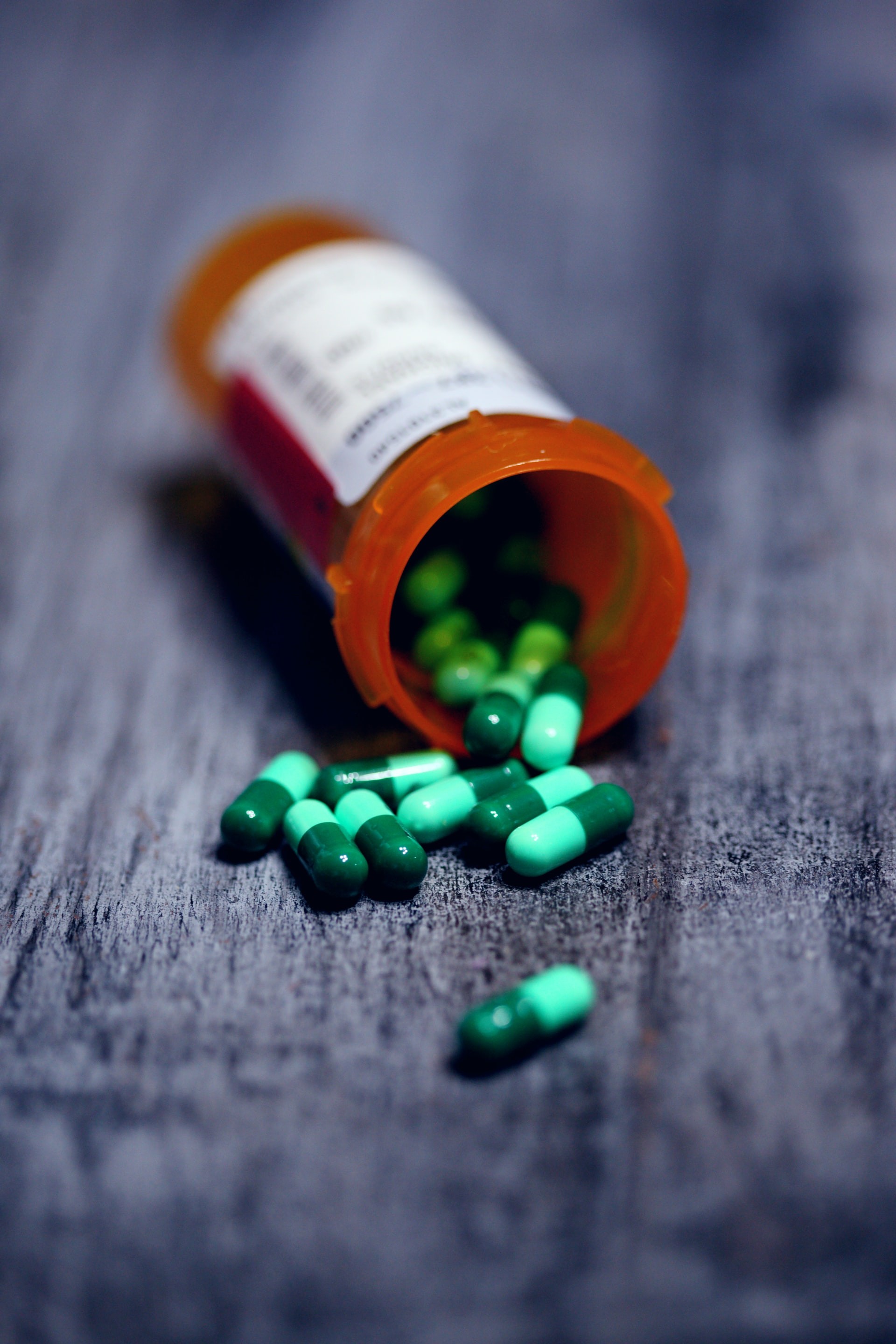
Health Tips That Fit Into Everyday Life and Help You From Head to Toe
7/29/22
Many people would love to have time for wellness. However, fitting certain activities into a hectic schedule isn’t always practical, leaving them assuming that there just aren’t any good options for them.
Luckily, there are some approaches that can work. Medical Minds shares these head-to-toe health strategies that actually fit into everyday life.
Plan for Healthier Sleep
Getting 7 to 9 hours of quality sleep is usually essential for adults. If you struggle with falling or staying asleep, updating your nighttime routine could be a simple solution. Start by having an official bedtime, allowing you to create a reliable sleep-wake cycle. SCL Health suggests avoiding screens for at least 30 minutes before bed, ensuring the blue light doesn’t disrupt melatonin production. Finally, participate in an activity that you find relaxing, like reading or taking a bath, allowing you to calm yourself before heading to bed.
Make sure that your home environment - especially your bedroom - is set up for relaxation. Take advantage of the stress-reducing benefits of nature by adding some potted plants and nature-themed art to your bedroom. Then take some time to meditate or practice deep breathing exercises before bed. These exercises will calm your body and slow your breathing, and they will help you to associate your bedroom with calmness and rest.
If you’re still struggling with poor sleep quality, you may want to see your doctor. There’s a chance you’re dealing with a sleep disorder. By seeking treatment promptly, you can get yourself on the path toward the healthy sleep you need to thrive.
Try a Micro-HIIT Workout Routine
Exercise is crucial for maintaining your cardiovascular health. However, fitting in the recommended 150 minutes of moderate-intensity exercise every week isn’t always practical. Thankfully, another approach can help you hit your fitness goals in less time.
Get started by finding home product reviews online for HIIT-compatible exercise equipment, like exercise bikes, kettlebells, or jump ropes. Choose items that will help you to build a workout that you will stick with, and that you can easily store in an accessible location in your home.
With micro-HIIT routines, you can potentially get the same benefits you’d experience in a 50-minute workout in just 10 minutes. As a result, it becomes a viable alternative for anyone who can’t reliably fit a traditional workout into their schedule.
Embrace the Power of “No”
Many people struggle simply because they’re overtasked. The tendency to want to make people happy can cause you to take on more responsibilities than you can reasonably handle. While this might not be troublesome over the short term, it could be an issue if it becomes a habit.
By getting comfortable with saying “no,” you can get your workload and personal life under control. When you’re approached with a request, be honest about what you can or can’t handle.
For example, if your boss asks you to handle a new responsibility, let them know if doing so is problematic. Give them an overview of what you’re tackling now and how the new task would potentially lead to diminishing work quality or missed deadlines. Then, work with them to find a viable solution, such as replacing an old duty with the new one or determining who else could handle the assignment.
While it can take some getting used to, the simple act of saying “no” can make a difference. So, make sure to embrace its power when the need arises, ensuring you aren’t overwhelmed.
Overcome Job Stress by Changing Careers
Many adults feel that their jobs are major sources of stress in their lives. While it’s entirely possible to overcome a lot of this stress by incorporating healthy routines at the office, at times the dissatisfaction is because they launched a career that they later determined was a poor fit. In others, it’s the lack of challenges, that causes diminishing engagement and boredom. In either case, Very Well Mind points out that burnout can quickly become an issue, leaving you dissatisfied and frustrated.
Luckily, it isn’t overly challenging to take your career in a different direction. If you want to reignite your passion and eliminate job stress, enrolling in an online degree program could help you get on a new path, allowing you to move toward something that will keep you engaged and inspired for the rest of your career.
While you’re making these career-related changes, keep your overall health in mind. Be sure to drink plenty of water, and choose healthier snacks throughout the day. If your job is really taking a toll on your mental well-being, consider seeking therapy or participating in mental health workshops from Medical Minds to reduce your stress as you take the steps necessary to get out of your current work situation.
With these tips in mind, it is possible to prioritize healthy activities, no matter how hectic your schedule. Keep an open mind, be creative with new ways to stay active, get in your 40 winks, and learn how and when to say no to maintain healthy boundaries.
Photo Credit: Mart Production via Pexels

